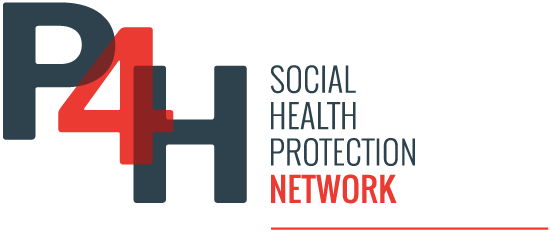Between 2021 and 2023, Ukraine conducted a comprehensive costing analysis for primary health care (PHC) provider payments. Using 2021 retrospective cost data, the study applied a bottom-up approach to capture all PHC expenses, considering both payer and provider perspectives within Ukraine’s unique financing system.
The research was piloted with 17 providers before expanding to 100 PHC facilities across urban and rural settings. The findings revealed significant cost variations across provider types and regions, shaping the basis for refining capitation rates and improving resource allocation. Key findings:
- Cost Variability Across Providers and Regions
- Rural and communal providers had higher operational costs and often required additional funding.
- Individual entrepreneurs (FOPs) demonstrated greater flexibility in labor cost management.
- Significant regional disparities in rent, utilities, and medical supply costs were identified.
- Capitation Rate Estimation and Funding Gaps
- The estimated capitation rate (adjusted for inflation) was 878.42 UAH per patient in 2023, while the actual rate remained at 786.65 UAH.
- Current capitation payments are insufficient to cover actual provider costs, necessitating funding adjustments.
- Impact on Health System Efficiency
- The study refined provider payment rate estimations, contributing to improved efficiency in health financing.
- Scenario analyses explored alternative payment models to balance policy priorities and budget constraints.
Despite its strengths, the study identified several key challenges. The insufficient capitation rate remains a critical issue, as it does not fully cover provider costs, posing a risk to service quality. Additionally, resource allocation disparities persist, with rural providers facing higher expenses due to logistical and infrastructure constraints. The significant cost variations across different providers further complicate the establishment of standardized payment rates, highlighting the need for continuous data refinement and improved transparency.
To address these challenges, the study recommends adjusting capitation rates to align with actual provider costs and inflation-adjusted projections. Enhancing resource allocation models is essential to ensuring equitable distribution of funding across regions. Furthermore, improving data collection and transparency will refine costing methodologies and inform policy decisions. Strengthening efficiency incentives will also be crucial in optimizing resource utilization while maintaining the quality of care.
The costing study represents a significant step in advancing PHC financing reform in Ukraine. Future policy efforts must focus on sustainable financial support, equitable resource allocation, and data-driven decision-making to ensure the long-term stability of primary healthcare services.
